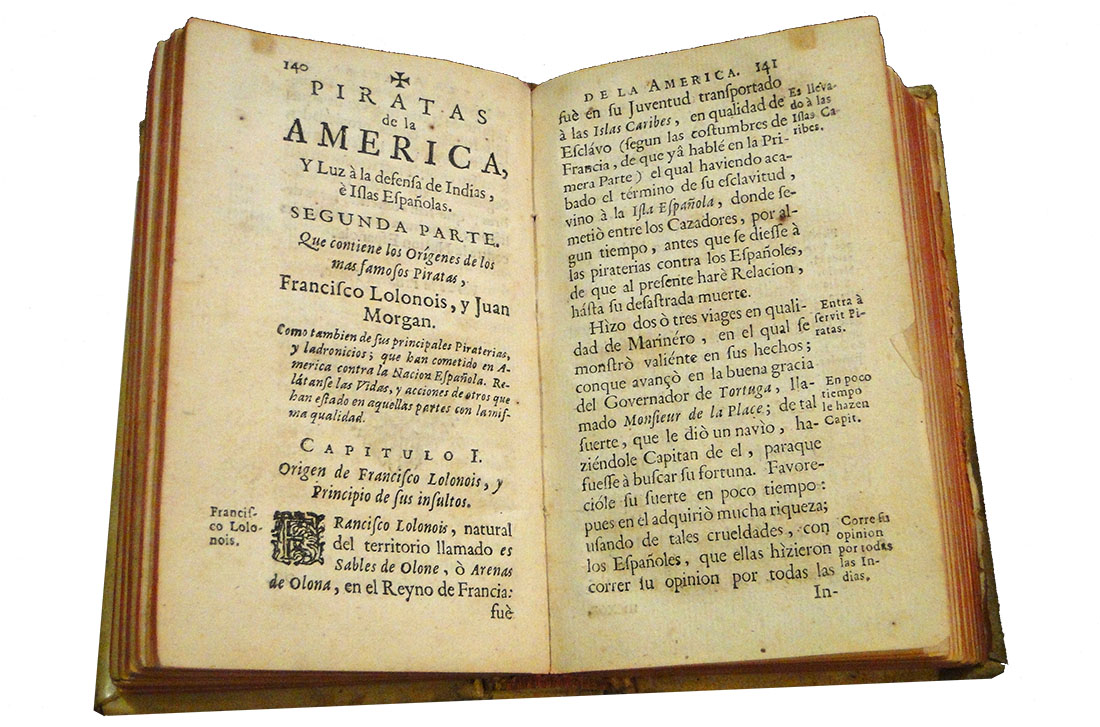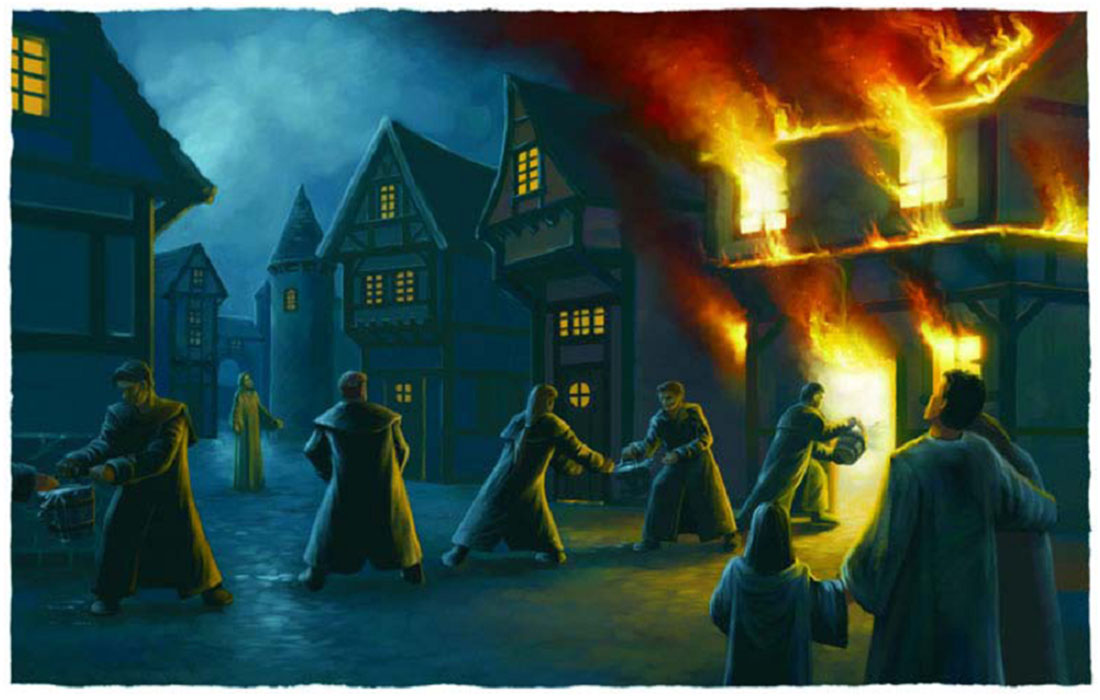IN THE SHADOW OF THE SPIRE
In which a cry for freedom takes an unexpectedly sinister turn, the scope of events becomes larger than can immediately be managed, and Master Ranthir performs astonishing deeds of derring-do…
As with the rules for handling house fires that we talked about a couple of weeks ago, I created a custom structure for handling the riot in this week’s installment of the campaign journal. And I similarly posted them here on the Alexandrian back in 2007. They’ve actually got much wider applications than just riots, and you can find them here: Crowd Rules.
BUILDING A RIOT
Although the group’s decision of what to do next is presented at the beginning of this entry in the campaign journal, I had actually asked them that question at the end of the previous session. (As a I talk about in the Railroading Manifesto, one of the most potent tools in the GM’s arsenal is simply asking, “What are you planning to do next session?”) So I knew that the PCs would be present for the riot, which by its very nature was going to be a big set piece.
Successfully pulling off big set pieces at the table can be tricky. By definition, they involve a lot of moving parts and managing all of those parts can be a bit of a juggling act. The secret, in my experience, is clearly organizing all of those parts into distinct tools which you can then easily pick up and use on-the-fly. For this particular scene, I prepped several tools.
First, a general timeline of events as they would play out if the PCs didn’t interfere with Helmut’s plans. (See “Goal-Oriented Opponents” in Don’t Prep Plots, and also the detailed example of doing this sort of thing at a larger scale.)
Second, the relevant stat blocks for the Riot Mobs (the large crowd was broken into 8 mobs) and the City Watch.
Third, Helmut’s speech. Using big speeches like this at the gaming table can be tricky. Being able to deliver them effectively and dramatically helps, of course (I’ve literally trained professionally for this, so I have an advantage). But the real trick is making sure that they don’t deprotagonize the PCs.
You know those video game cut scenes where all you want to do as a player is pull the trigger and shoot the idiot who’s yammering on? Right. That’s exactly what you want to avoid here. At the gaming table you’ve got the advantage that your players actually can interrupt what you’re saying and declare that they’re taking an action. But it can also be useful to take a more proactive approach as a GM, which is what I did here: The timeline of events was specifically designed to overlap the speech and, as you can see represented in the journal entry, the speech was broken down into chunks between which actions could be taken. (So, for example, Helmut would speak for a bit and then I’d call for Spot checks to let people notice the guards moving towards the stage.)
THE FEAR OF RAILROADS
Something that isn’t represented in the campaign journal is the point where one of the players declared that everything happening had been foreordained and there was nothing they could do about it — i.e., that they were being railroaded.
Which was a weird moment. First, it had been their choice to attend the riot in the first place. Second, as we’ve seen, the whole encounter had been structured to insure that the PCs could take action and influence the outcome of the event. Third, the PCs had been taking actions in an effort to affect the mob… they were just failing. The specific moment which triggered the comment was, oddly, when Dominic tried to calm the crowd down… and rolled a 2 on his Diplomacy check. His failure could not more clearly have been the result of pure mechanical resolution.
And yet the conclusion was reached that they were stuck in a railroad.
This was one in sequence of events which led me inexorably to an unfortunate truth: Railroading is a form of abuse.
I recognize the hyperbolic nature of the claim. And I’m not saying that people who are railroaded actually suffer emotional damage. But within the specific context of the game table, the behavior modification is remarkably similar: Railroaded players become hyper-aware of the GM’s behavior, constantly looking for the cues that indicate the railroad is coming. Their response will be to take actions to minimize the damage of the railroad — either acceding to it so that they don’t have to be manhandled into it; or becoming disruptive in an effort to resist it.
And this is where the analogy becomes useful, because this behavior modification persists even after the player is no longer threatened by the railroad: They continue looking for the subtle cues that warn them the railroad is coming. But when those cues occur in the absence of railroading, their behavior becomes seemingly erratic and irrational. (Why are they randomly shooting people in the head? Why are they just blindly doing whatever an NPC asks them to do, even when it’s clearly not in their best interest and they’re endlessly complaining about it?) This can be baffling and confusing for the GM who doesn’t understand what’s happening. (And it can be even more difficult for a GM who is trying to improve themselves and stop their previous railroading tendencies.)
Having identified the problem, what’s the solution? Unfortunately, I don’t think there’s an easy one to be had. A frank conversation in the metagame where you make it clear that the outcomes in your game aren’t predetermined and that the players are in control of their own destinies can be useful. Beyond that, the best you can do is to keep running your game: When they see that their actions have a meaningful impact — when they realize that the entire course of a campaign can be radically diverted by the simplest of moments and the smallest of choices — they’ll figure it out.
And although that will take time, it will be worth it in the end.














